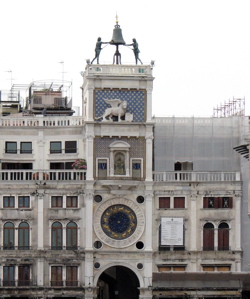Loading

 Hiroshima landscape of mortality Hiroshima landscape of mortality
Visual Archive page
". . . cognitive processes indicated as thinking are not mental processes above and beyond perception but essential ingredients of perception itself"

" . . . in 1962, a young historian by the name of Daniel Boorstin published The Image: A Guide to Pseudo-Events in America. In an age in which Donald Trump and Hillary Clinton vie to determine the nation’s destiny, it should be mandatory reading. The Image remains, as when it first appeared, a fire bell ringing in the night.
According to Boorstin, more than five decades ago the American people were already living in a “thicket of unreality.” By relentlessly indulging in ever more “extravagant expectations,” they were forfeiting their capacity to distinguish between what was real and what was illusory. Indeed, Boorstin wrote, “We have become so accustomed to our illusions that we mistake them for reality.”
“The American citizen lives in a world where fantasy is more real than reality, where the image has more dignity than its original. We hardly dare to face our bewilderment, because our ambiguous experience is so pleasantly iridescent, and the solace of belief in contrived reality is so thoroughly real. We have become eager accessories to the great hoaxes of the age. These are the hoaxes we play on ourselves.”
“The making of the illusions which flood our experience has become the business of America,” wrote Boorstin.
ANDREW BACEVICH, "The Decay of American Politics:
An ode to Ike and Adlai." AUGUST 5, 2016. Bill Moyers & Co. web site.

The first image
photography of record | lithographs | The Great Depression | abstract expressionism | discovery | Falling Man | Ancient Roman road | Venice clock tower | Arches in a Vault | Problem | Atomic bomb | light

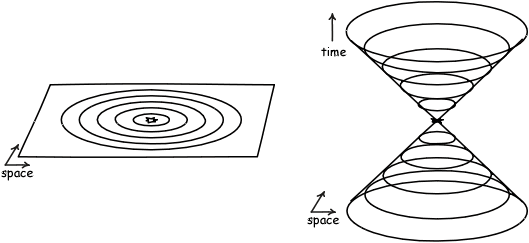
The difference between two-dimensional and three-dimensional representations is in some respects a leap of faith due to our limited sensory capacities.
Photographs as factual representation.
Photographs as disturbing images that push the limitation of documenting factual events.

Illuminated manuscripts:
 |
Pater Noster
qui es in caelis,
sanctificetur nomen tuum.
Adveniat regnum tuum.
Fiat voluntas tua,
sicut in caelo et in terra.
Panem nostrum quotidianum da nobis hodie,
et dimitte nobis debita nostra,
sicut et nos
dimittimus debitoribus nostris.
Et ne nos inducas in tentationem:
sed libera nos a malo. |
| An example of a pictoral display of the ineffable. |
The Latin prayer depicted on the left. |
The first extant image has had to be enhanced from the plate he used to capture the print.
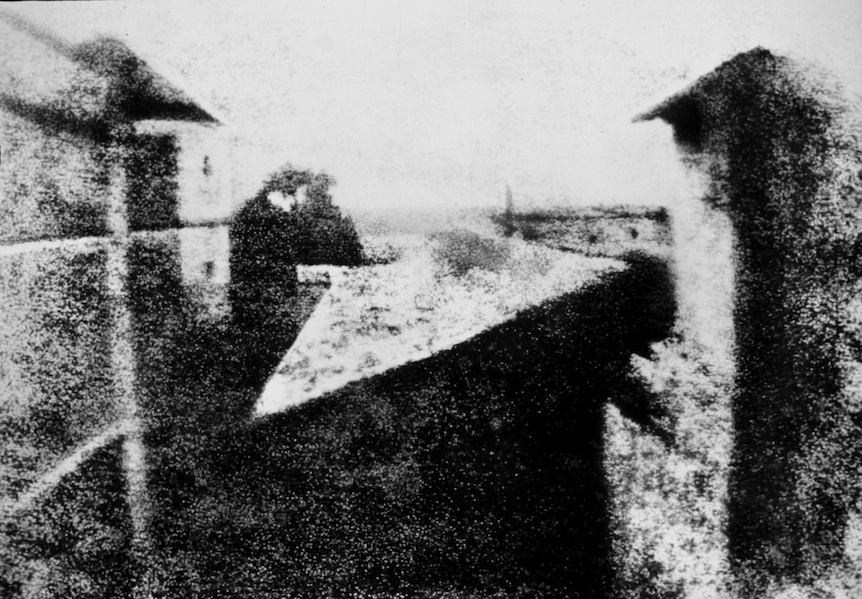
View from the Window at Le Gras, by Joseph Nicéphore Niépce. (c. 1826).
University of Texas at Austin
Niépce, a draftsman and lithographer was born in 1765. Having rudimentary drafting skills, he experimented with recording a scene without drawing. He utilized both the camera obscura to capture images and retain a record of that on pewter plates covered in thin asphalt and brought out or refined the exposed, bitumen covered, plate with a water wash to reveal the "image." Between 1822 and 1826 he was successful in creating a print after exposing this petrol-based mixture to light for eight hours in the camera obscura, in a method he called heliography.
The Harry Ransom Center of the University of Texas at Austin, Texas.

Work of the Farm Security Administration to photographically document existing conditions in the Great Depression of 1929-1939.
| Photography was used to record agrarian poverty in the 1930s |
| |
|
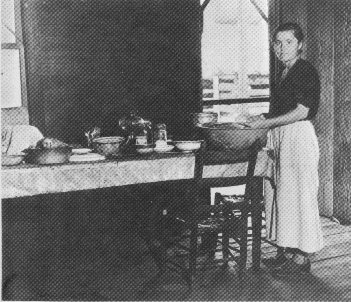 |
 |
| Alabama rural home |
farm life of sharecroppers. |
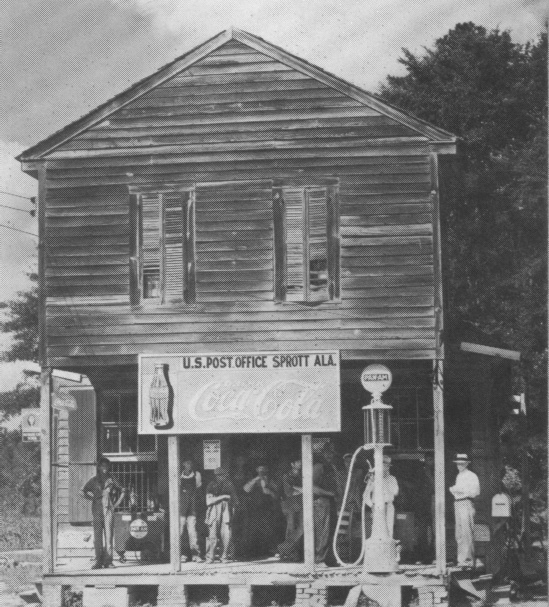
The general store and service station for fueling vehicles, Sprott, Alabama, 1934.

Farm Security Administration
Agee and Evans
During the Great Depression of 1929-1939, The Farm Services Administration through federal writers and other spending programs sought to have photographers document the conditions of rural life in the country, especially among the rural poor.
Walker Evans and James Agee went into the Mississippi Delta and did that very thing; document living conditions by linking photography to oral histories of the people who befriended them as part of the project. That experience is in the book: Let Us Now Praise Famous Men (1941).
the first image | photography of record | lithographs | The Great Depression | abstract expressionism | discovery | Falling Man | Ancient Roman road | Venice clock tower | Arches in a Vault || Atomic bomb | light

Background
Lithograph as a precursor to factual representation.
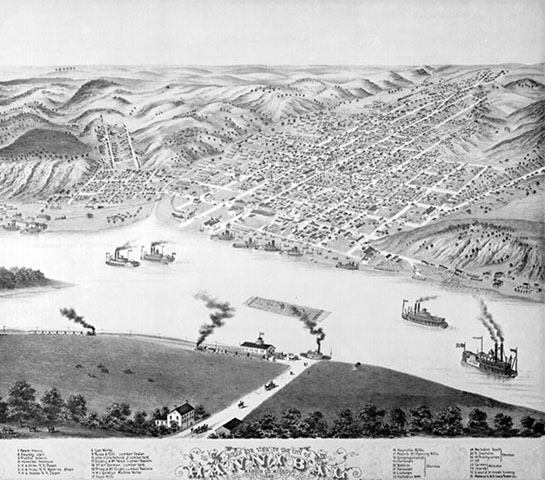
A lithographic portrayal of "A view of Hannibal, Missouri,"
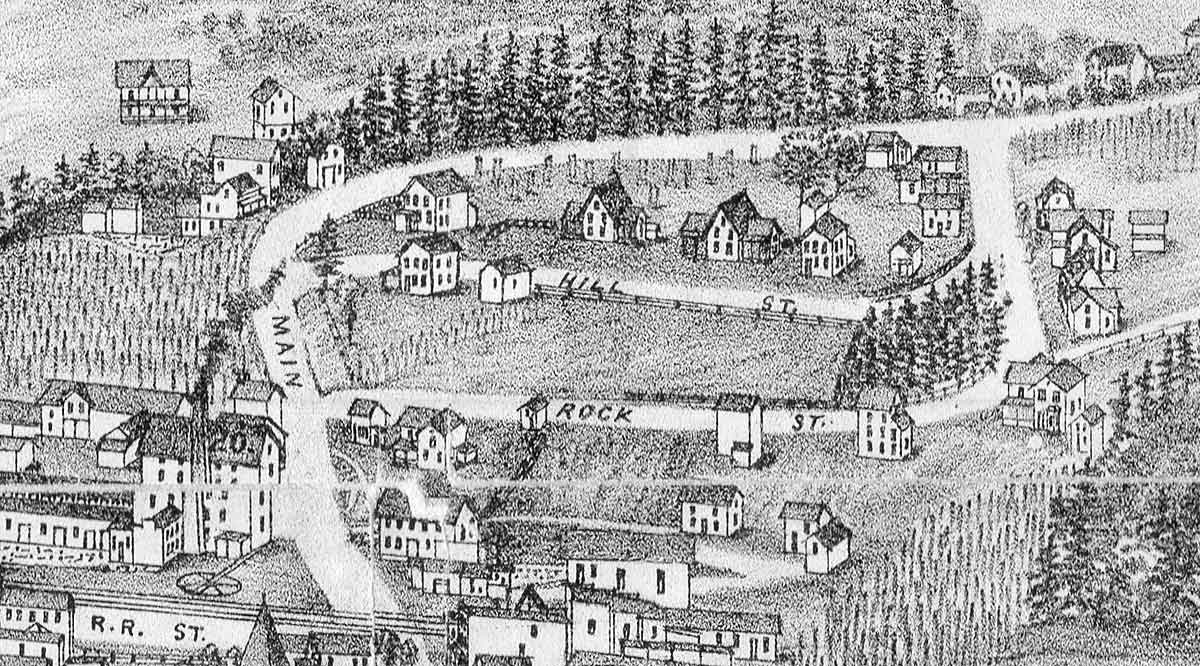
and of Cooperstown, New York
in the early 19th century.
Currier and Ives were among the popular providers of lithographic images of that period in the nineteenth century before photography became widespread and accessible due to magazines and newspapers. While the above lithographs suggest a penchant for accurate details, the work below of Francis Palmer is both imaginative and celebratory of the first transcontinental railroad across the United States.
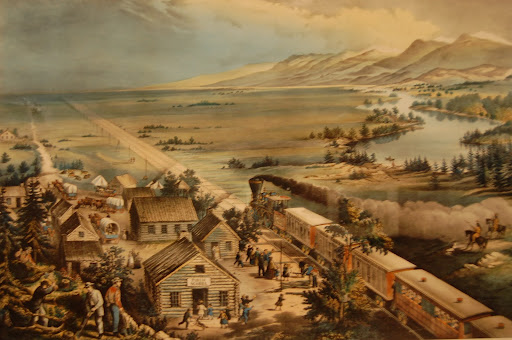
Westward the Course of Empire takes its Sway, Francis Palmer, (1868). lithograph, The Newberry Library, Chicago.
the first image | photography of record | lithographs | graphing | The Great Depression | abstract expressionism | discovery | Falling Man | Ancient Roman road | Venice clock tower | Arches in a Vault || Atomic bomb | light


Graphical display of information to visually convey complex concepts of cycles, expenditures on agricultural programs related to farm security and soil conservation, and fluctuating prices of petroleum derived oil.
 


Graph of oil price changes over time.
the first image | photography of record | lithographs | graphing | The Great Depression | abstract expressionism | discovery | Falling Man | Ancient Roman road | Venice clock tower | Arches in a Vault || Atomic bomb | light

The United States and Imperial Japan had been at war since December 7, 1942 when the Japanese carrier-based aircraft had bombed the Naval and Army facilities of Pearl Harbor in Honolulu, Hawaii, then a territorial possession of the united States in the middle of the Pacific Ocean. The assault was the launch of a three pronged attack on the Philippines and Hong Kong-Malaysia which the Japanese required for their war in China.
Since 1937, the Japanese had been at war with mainland China, seeking to shift the balance in the Chinese civil war between the Nationalists and the communists by hoping to restore the Manchu dynastic Emperor. Japan had signed an alliance with the Axis Powers of Germany and Italy prior to the outbreak of hostilities in Europe. The war in Europe between the United Kingdom and France on one side and the Axis Powers on the of the began in August, 1939 when Germany attacked Poland in an alleged defense of the German population living in Danzig, or the Polish corridor between two parts of Germany called East and West Prussia. Japan was an ally of Nazi Germany and the Fascist Italian state headed by Benito Mussolini from December 24, 1925 until July 25, 1943.
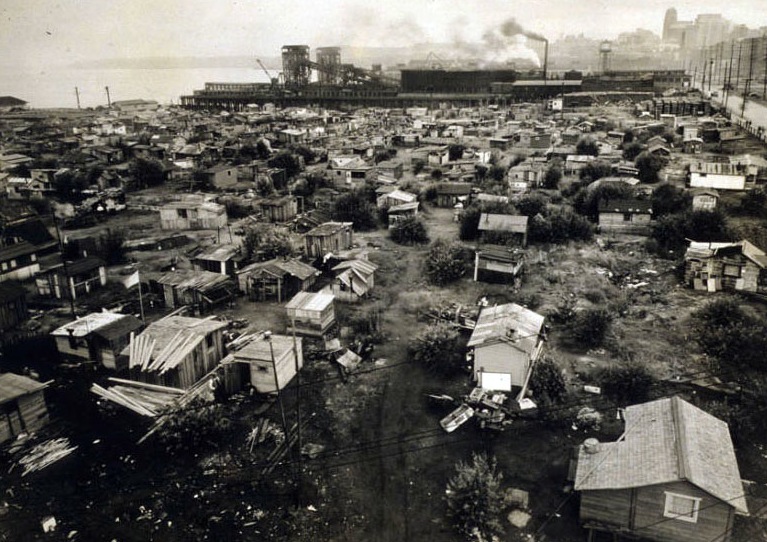
During the Great Depression people who become homeless and displaced built shelters in public and vacant areas as this one in Seattle, Washington.
the first image | photography of record | lithographs | graphing | The Great Depression | abstract expressionism | discovery | Falling Man | Ancient Roman road | Venice clock tower | Arches in a Vault || Atomic bomb | light

Feature: Painting as documentary visualization expressing the artist's point of view.
"Art from the year 1900 on is different from the art before it, as can be seen in any original painter of the time: . . . . Modern art begins at the same time as modern physics because it begins in the same ideas."
Jacob Bronowski, The Ascent of Man, (178) , p. 251.

Salvador Dali, The Face of War, (1940) oil on canvas. Museum Boijmans Van Beuningen: Rotterdam, Netherlands.
the first image | photography of record | lithographs | graphing | The Great Depression | abstract expressionism: Pollock | discovery | Falling Man | Ancient Roman road | Venice clock tower | Arches in a Vault || Atomic bomb | light

Shown below are later paintings from a decade after World War Two started.
Artists interpretations in modern oil painting: Jackson Pollock.

Art after the First World War clearly broke away, even from the modern movements that Bronowski credits with being influenced by new scientific and technological ideas. The group associated with the Dada school expressed the disillusionment and absurdity of life based upon the European experience of the most destructive war its people had ever experienced. Swept away in this prolonged and ruthless struggle among industrial elites were the monarchies of Russia, Austria-Hungary, Germany and the Ottoman Empire in Asia. This was just one example of a startling shift in cultural values and social norms affected by wartime devastation, disruption and militarization of society.
The Second World War is considered by many knowledgeable historians to be the second phase of the Great War (1914-1918) , called World War One. This idea of a second phase makes sense because of the close relation in Europe between the Treaty of Versailles ending that war in 1918, and some of the reasons for the commencement of the Second World War in Europe in 1939.
The situation in Asia complicates this idea of a second phase of a two part greater war because Japan interferes in China as early as 1933 and both were allied with Britain and France in the First World War. From an Asian perspective because Japan had changed sides in the Second World War, having initially been an ally of China the Chinese Revolution's prolonged impacts encouraged Japanese aggression in Manchuria. Italy too changed sides in Europe from the allied nations of 1914, to the Axis powers in 1938, when Germany took control of Austria. Yet another complication arose because the Soviet Union, or USSR had sided with the Axis Powers of Germany, Italy and Japan in 1938, but due to Germany's invasion of Russia in 1941, was left to join the British as the French had already surrendered in 1940.
The loss of sensory-derived images factual form for abstract expressionism.

Lavender mist, Jackson Pollack, Oil on Canvass, 1950.
American, post war, National Gallery of Art. [1912-1956.]
This is the context in which the scientific research into the structure of matter which eventually discovered fission and produced the atomic bomb took place. The photograph we see on this page is the immediate aftermath of the detonation of an atomic bomb that was the product of forty years of advances in physics and engineering. The bomb was also the product of a race for supremacy in science between Germany and the Anglo, French and American efforts to understand atoms and nuclear physics. In the final analysis the bomb was the explicit product of a joint military and civilian effort in the US and the UK, called the Manhattan Project to specifically build an atomic explosive device. Work on the Manhattan Project was headed by General Leslie Groves and J. Robert Oppenheimer, a renowned physicist. Instigated by two Hungarian refugees, who were physicists, named Leo Szilard and Edward Teller, the manhattan project took four years, four major industrial laboratories, and two billion dollars to construct three bombs using uranium and its by-product plutonium. The explosive devices were ready in July 1945, however, three months after Germany and Italy had surrendered in Europe.
the first image | photography of record | lithographs | graphing | The Great Depression | abstract expressionism | discovery | Falling Man | Ancient Roman road | Venice clock tower | Arches in a Vault || Atomic bomb | light

The Appian Way
A series of ruts trodden in the stone used in an ancient Roman road, called the queen of the long roads by the first century ACE Roman poet, P. P. Statius.
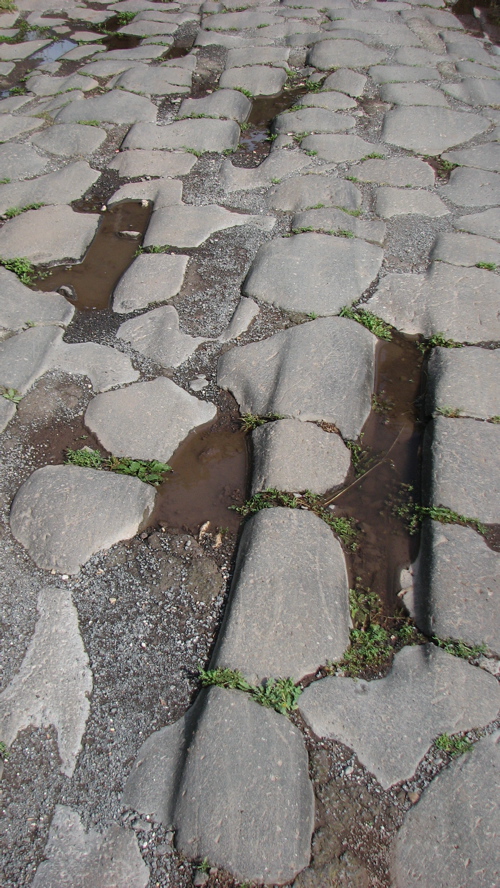
Chariot wheels over the centuries when the road was in recurrent use from the 2d century BCE to the 5th century ACE.
The road runs south from Rome to Calabria on the Adriatic coast.
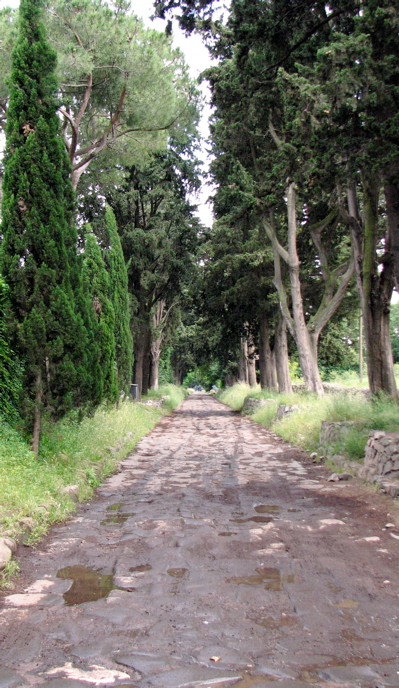
Along the Appian Way in suburban Rome, Italy.
the first image | photography of record | lithographs | graphing | The Great Depression | abstract expressionism | discovery | Falling Man | Ancient Roman road | Venice clock tower | Arches in a Vault || Atomic bomb | light

Time keeping: the accurate measure of duration was to change the world in three distinct ways. Initially duration was captured accurately, secondarily the regularity of accounting for elapsed 'time' permitted measurements that were comparable from place to place [space] and event to event. Finally, the mechanization of the sequential periods of the day and night made it possible beyond mere comparisons, to perfect the accuracy of accounting for elapsed periods, predict the frequency of events [and as a consequence eventually determine longitude accurately), and then to allow for the imitation of any repeated motions that could be controlled by gears, pulleys, levers or weights.
What is time?
Clock tower with movable figures called "automata" from the Renaissance, was constructed in Venice Italy marking a significant association of public or civic space with the new machinery of the clock to regularize the passages of time during the day and night. Few other mechanized creations from the late middle ages had the impact of the clock on the daily activities, social organization, secular ordering and even personal behaviors of people as the establishment of the Arabic (after the Su Sung's clock in China) time keeping mechanical contrivance into the churches, cities and –eventually– homes of western Europeans after the 1100s until the 1800s.
An important sequel to the introduction of the clock, and eventually its miniaturizations as a series of ever smaller and accurate watches, is the establishment of a new set of "temporal facts." By temporal facts we mean observable natural processes that can be imitated. Such temporal facts also imaginatively fed our beliefs about the universe and in metaphors reveal a series of fictions by which we now live to the degree of taking the idea of "time" for granted.
the first image | photography of record | lithographs | graphing | The Great Depression | abstract expressionism | discovery | Falling Man | Ancient Roman road | Venice clock tower | Arches in a Vault | time | Atomic bomb | light

Fact: duration, frequency, elapsed intervals and the rate at which repeated occurrences are accounted for exist.
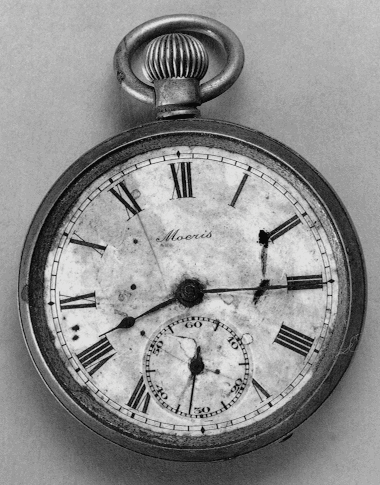 
Watch from Hiroshima that stopped precisely at 8:15 AM that August morning when an atomic bomb obliterated its owner and the target city.
Fiction: These beliefs about time that we have expressed in phrases such as:
- "What time is it?"
- "Now is the time for all of you to have recess."
- "Can you tell me the time?"
- "The clock keeps time, 'tells the time,' or
- "it is time to go."
- "Time's running out."
- "Keeping time with the beat."
Spacetime
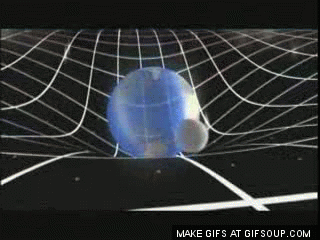
the first image | photography of record | lithographs | graphing | The Great Depression | abstract expressionism | discovery | Falling Man | Ancient Roman road | Venice clock tower | Arches in a Vault | devices | Atomic bomb | light

 All these expressions suggest that time–as measured by a clock (watch) or digital time device–actually is a facet of existence. We imagine that the world is defined by time, as opposed to a world that is based on an imitation of the universal forces of motion that are this earth's rotation on its axis and revolution about the sun in a solar system where planets observed in the heavens move according to geometrical laws that we can measure. All these expressions suggest that time–as measured by a clock (watch) or digital time device–actually is a facet of existence. We imagine that the world is defined by time, as opposed to a world that is based on an imitation of the universal forces of motion that are this earth's rotation on its axis and revolution about the sun in a solar system where planets observed in the heavens move according to geometrical laws that we can measure.


Our solar system is not static so representing it's precise movements proved difficult to early astronomers.
The first clocks were machines to record the movement of the heavens because a more precise understanding of celestial mechanics for maritime and agricultural purposes and setting the calendar was desired. Such machines allow for us to count, measure and add or subtract identical units of duration we call time.
But –as one consequence of time keeping devices or chronometers– we often habitually think that seconds, minutes, hours, days and weeks can be disassociated from the cosmic relations of the earth, moon, and sun that have since prehistoric periods influenced animal, plant, and human behavior.
the first image | photography of record | lithographs | graphing | The Great Depression | abstract expressionism | discovery | Falling Man | Ancient Roman road | Venice clock tower | Arches in a Vault | time | Atomic bomb | light

Science is a systematic means of verifying the certain from the uncertain in the discovery of the material existence around us. In that sense scientific discovery creates a method by which dangerous fictions may be discerned from reliable facts. The capacity for discovery to separate dangerous from benign facts is important for social stability.
Discovering the cosmos.
 |
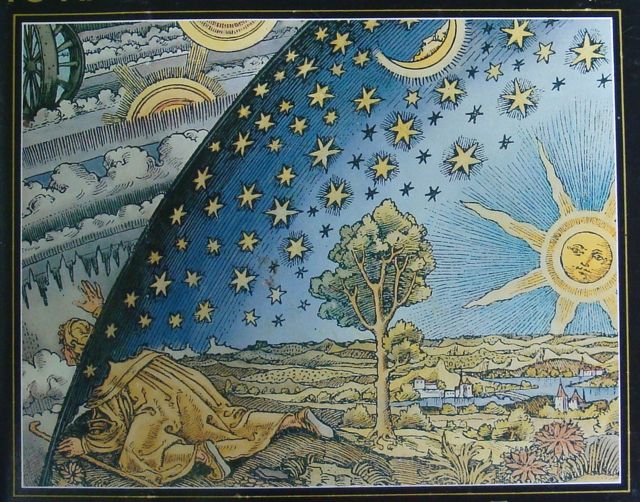 |
| Which of the drawings two tone or color toned gives the best impression that the world is beyond our sense of its parts? |
Light is the means by which we perceive, makes sense of, and interpret the world.
Time as a measure of duration, however, is inextricably tied up in both what we know of light and how we live in the world.
Geometry is a means by which light's relation to time as frequency of events has been scientifically described in a radical departure from what people believe in the 19th century and before.
the first image | photography of record | lithographs | graphing | The Great Depression | abstract expressionism | discovery | Falling Man | Ancient Roman road | Venice clock tower | Arches in a Vault | Hiroshima | Atomic bomb | light

Vaults are composed of the intersection of two arches at right angles (perpendicular).
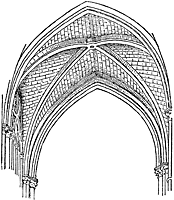
The use of the arch is a fundamental architectural feature of classical design and the arches that comprise the vault, which is a stronger arrangement of its constituent parts.
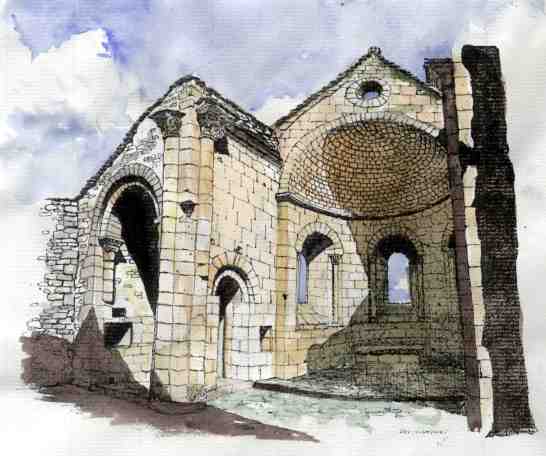
the first image | photography of record | lithographs | graphing | The Great Depression | abstract expressionism | discovery | Falling Man | Ancient Roman road | Venice clock tower | Arches in a Vault || Atomic bomb | light

Geometry of light
| "the rational depiction of light effects" |
|
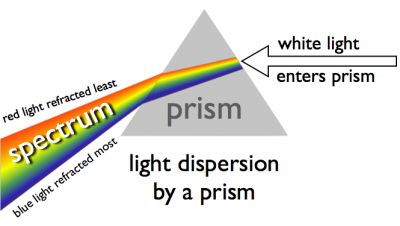 |
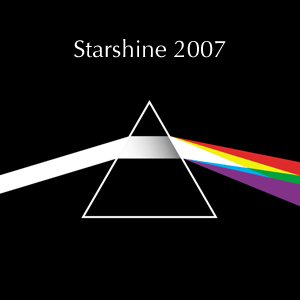 |
 |
| described |
animated |
visual effect |
Light is a certain "band-width" as a delimited measure of electromagnetic disturbances along a narrow spectrum in a subatomic field.
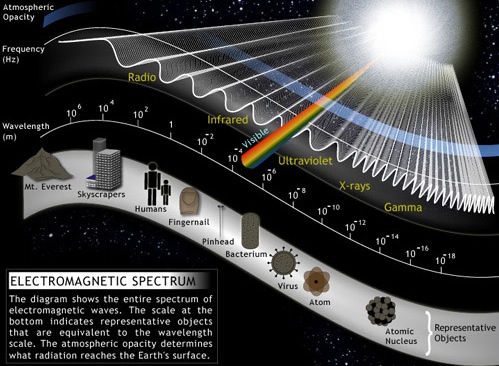
"Analytical description refers to a form of representation* in which aspects of appearance are remade–literally re-presented–on the basis of an intuitive or intellectual understanding of the nature** of what is being seen, how it is seen, and how it may be depicted in such a way as to convey 'information' to an attuned observer. The tools for such remaking include the projective system of linear perspective***, the rational depiction of light effects through shadow and the modulation of color, and the structural bases of natural form (such as human anatomy or geology)."
Source, Kemp, Visualizations, pp. 5-6.
the first image | photography of record | lithographs | graphing | The Great Depression | abstract expressionism | discovery | Falling Man | Ancient Roman road | Venice clock tower | Arches in a Vault | Problem | Atomic bomb | light

After viewing the page you should be able to describe three or four means of visually conveying information.
On a deeper level you should recognize two different problems:
One refers to how visualization more accurately or less accurately describes a condition and how typical that condition is with regard to the subjects depicted in the graphic, photograph, lithograph, drawing, or painting.
The second is how to represent natural processes and movement, such as planetary orbits, with regard to changes over time.
The Atomic bomb at Hiroshima, Japan.

The photograph above of ground zero at Hiroshima was the "T" bridge, but the bomb strayed and exploded above a nearby hospital.
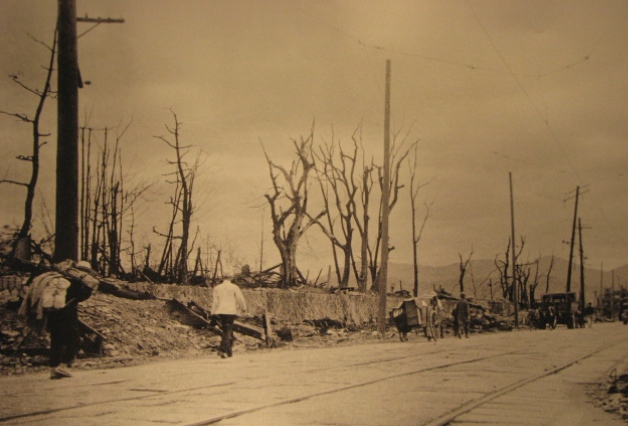
Hiroshima landscape after the bomb.
the first image | photography of record | lithographs | graphing | The Great Depression | abstract expressionism | discovery | Falling Man | Ancient Roman road | Venice clock tower | Arches in a Vault | End | Atomic bomb | light

On a detailed level be aware of what light is and realize how time and architecture can have both literal and figurative meaning with respect to describing changes in the past.
For further discussion of visual imagery and its use in historical analysis see:
Sontag | Postman | Kemp | Biology of vision | Illusions
the first image | photography of record | lithographs | graphing | The Great Depression | abstract expressionism | discovery | Falling Man | Ancient Roman road | Venice clock tower | Arches in a Vault | Hiroshima | Atomic bomb | light


| 


















